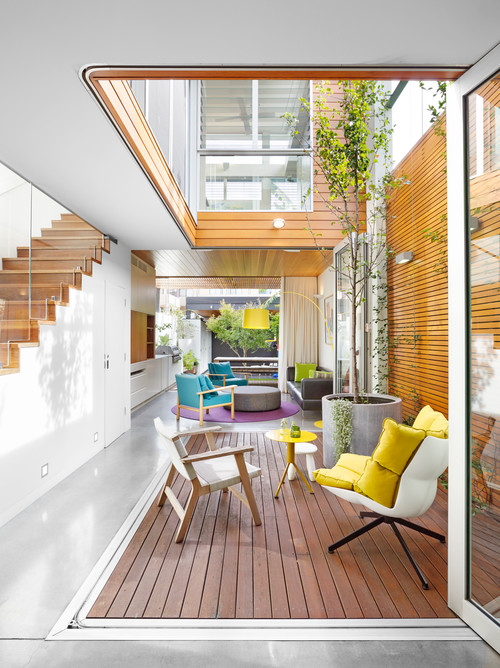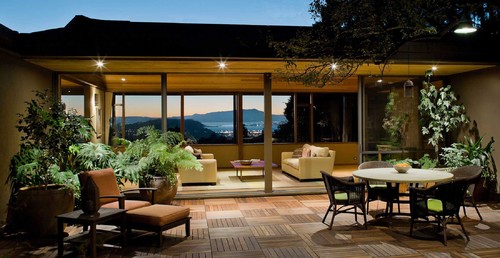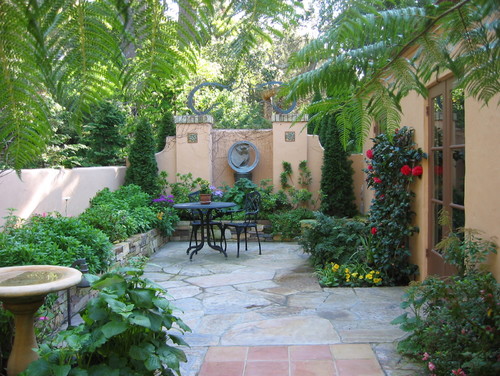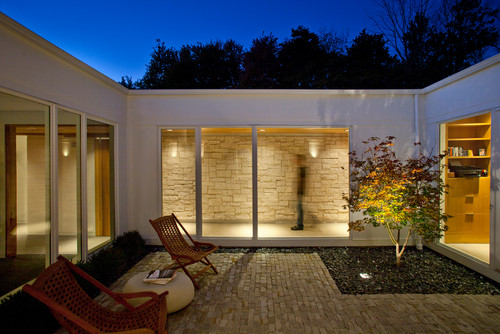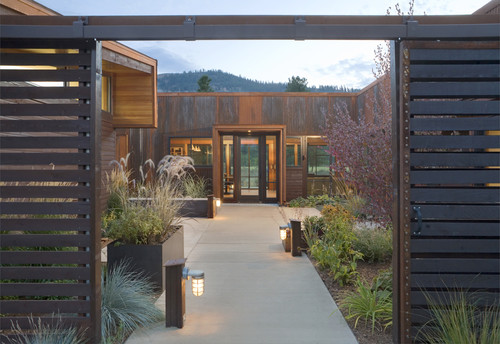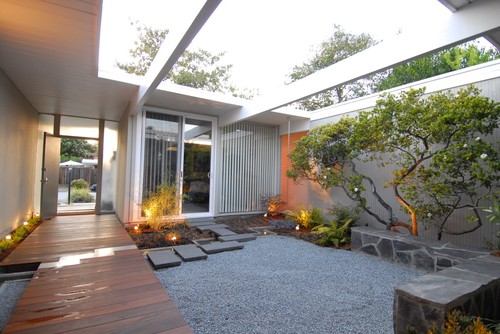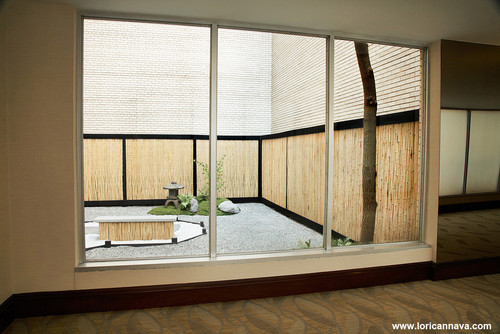Dealing with Water Damage and Mold Following A Flood
Flooding has been in the news lately. Floods across the country and world are becoming more and more commonplace as a result of hurricanes and heavy rains that are a byproduct of climate change. For homeowners, this means that problems with water damage are becoming a common and recurrent problem, especially problems in dealing with mold.
Has your home been struck by flood or extensive water damage? Or do you suspect that you have hidden mold issues, even if you haven’t been victim of a flood? If so, here are some tips on what you should do.
1. Hire a professional to assess damage. Sometimes a wall may feel dry to the touch but there still may be dampness underneath. And if the dampness sticks around long enough, that could lead to mold. Flood and mold removal specialists use special moisture meters to detect just how damp things really are.
2. Remove water-logged items. Drywall, insulation, carpeting, wood flooring, cabinetry — any wet item should be removed. This is particularly true in the case of a flood in which water has come in from some natural source of water. If you must venture into flood water, protect yourself with impermeable gloves, masks, goggles and overalls. Flood water can be a source of disease such as hepatitis, E. coli and tetanus. Make sure you don’t have open cuts or wounds, and be sure to take a shower afterward.
3. Get things dry. After contaminated objects and structural and building materials have been removed, a mold and remediation specialist might opt to bring in high-powered fans and dehumidifiers. Insurance companies often require HEPA [High-Efficiency Particulate Air] filters for mold remediation. Drying and air-filtering equipment should be used until the moisture content of the materials are “dry.” Just how dry that is depends on where you live, and each city and state may have different standards. In general, contractors look for less than 16 percent moisture content. And even before the professionals arrive there are things you can do yourself. For instance, drying things out using wet-dry vacuums, sump pumps, or just an old fashioned mob and bucket can do a lot to help move the process along, and provide a jump-start for the professionals.
4. Eliminate mold completely. Mold can grow within 48 hours of water contact. If mold is present in a space of less than 10 square feet, it can be removed using dehumidifiers and fans. But for large expanses of water damage caused by flood waters, homeowners should contact professionals once the storm clouds have passed. For minor damage, the issue may be solved using a mild detergent that is anti-microbial.
5. Ventilate. Keep your windows open for as long as you can, day and night. Turn fans toward the walls and reposition them throughout the day so the walls dry evenly. Keep the fans on 24/7 so that air can circulate through to the drywall.
6. Move saturated items away from the walls. Water-logged rugs, furniture and other items should be moved outside of the home to air dry. If a rug has been damaged by flood water, it’s preferable to discard it, as the bacteria content could cause health problems in the long run.
Water damage and mold can be scary problems to deal with, but if you attack the problem correctly, it is possible to get your home warm, dry, and mold-free again.
Eight Tips to an Eco-Friendly Bedroom
Just about all of us these days are concerned with going “green.” We want healthy lives and a healthier planet too! The bedroom is a natural space to embrace environmental friendliness. After all, sleep is all about replenishing the body and spirit in a peaceful, soothing and hopefully healthy environment. A good night’s sleep is critical to both physical and mental health and can ensure your happiness and productivity throughout the next day. So want to go green in the bedroom? Here’s how:
- Choose an eco-friendly bed. The bed, of course, is the most important element of the bedroom. It’s the place to start if you want to go green. Today, you’ve got options as many beds today are constructed of sustainable materials like bamboo. Check out eco-friendly beds at PlatformBedsOnline. There, in addition to finding natural wood frames of sustainable woods, you can find matresses, bed sheets and blankets out of natural, sustainable materials, like wool or cotton.
- Choose pillows of original organic cotton and wool. Not all pillows are made equally. Some natural materials like goose down can provoke allergies, while other pillows with synthetic filler are not necessarily antimicrobial or may contain chemical traces that are not healthy to sleep on.
- Opt for natural woods. When it comes to going green, don’t stop at choosing a bed of sustainable wood — choose nightstands, and dressers of natural woods too. Aside from using wood from sustainable trees, eco-friendly furniture uses less toxic glue and chemicals
- Add plants. Plants have two benefits. First, they actually help purify the air by absorbing gases through pores on the surface of their leaves. Scientists say that houseplants can absorb a long list of volatile organic compounds, including Benzene found in some plastics, fabrics, pesticides and cigarette smoke, and formaldehyde Second, plants create a natural, outdoorsy feeling. And again, science has shown that people that spend some time in nature each day heal faster than those who don’t.
- Use safe paints. Speaking of volatile organic compounds, you’ll want to avoid toxic paints and wall finishes. Always check before you buy to make sure you are choosing a paint brand with low VOCs.
- Add an air purifier. It will improve the air quality in your bedroom and help you get a better night’s sleep.
- Choose natural-fiber rugs, or don’t use rugs at all. Choosing natural fibers or going rugless ensure that you avoid all those nasty chemicals found in rugs of synthetic fibers.
- Add candles of organic substances. Candles help provide a restful, relaxing and romantic atmosphere. When you add them, choose those made of vegetable wax or beeswax. If you use air fresheners, opt for natural ones.
Finally, as you enjoy your environmentally-friendly bedroom, don’t forget to keep it clean and tidy. Regularly cleaning your bedroom removes dust mites and will help you breathe, and sleep easier!
Design Dilemma: Cool Courtyards
The wonderful thing about courtyards is that they literally bring the outdoors indoors. Indoor/outdoor living provides an integration and seamless contact with nature — blue sky and greenery. It’s a way to retreat from the demands of daily life without ever leaving home. Contemplation. Communion. An opportunity to take in a little bit of sun. We thought we’d take a look at some of our favorite courtyards to evaluate exactly what it is that makes them so cool.
Mid-Century Modern
There are a myriad of styles when it comes to courtyards, but one of the coolest is sleek, Mid-Century style. This one is minimal, calming and functional, incorporating a natural wood flooring and a bit of green with potted plants. Here’s a night view:
Spanish-style
The Mediterranean-style courtyard is perhaps the best known style. It usually includes stucco walls, stone or terra cotta pavers, a water feature such as a fountain, and of course, vivid spots of color in the form of geraniums, bougainvillea plants and rose bushes. Above, the Spanish-style courtyard features both a sculpture and a fountain. And the one below includes a fountain and a fireplace:
Here’s another example:
Contemporary
Contemporary courtyards are sleek and minimal. It’s a bit of that “international” style. Decorative and design elements are fewer, and the space is allowed to just exist on its own, without too many distractions.
Here’s a night view:
Below, another courtyard that would fit into the contemporary category. A purple feature wall prevents the space from feeling too cold.
And here, another contemporary courtyard incorporates rusted corrugated metal for a weathered, industrial look.
Japanese
The Japanese are masters at bringing a bit of nature indoors. Their courtyards often make use of raked gravel, a beautiful sculptural tree or bonsai plants and simple views that are meant to be contemplative and meditative. Below, the gravel in a courtyard is symbolic of water.
And the gravel theme is picked up again below in a courtyard also utilizing bamboo:
The courtyard below includes gravel, a waterfall, and lights in the shape of flowers.
As you can see, there are many courtyard style traditions to draw upon. If you’re lucky enough to have the space to incorporate a courtyard into your home, you can look forward to many years of enjoyment.


